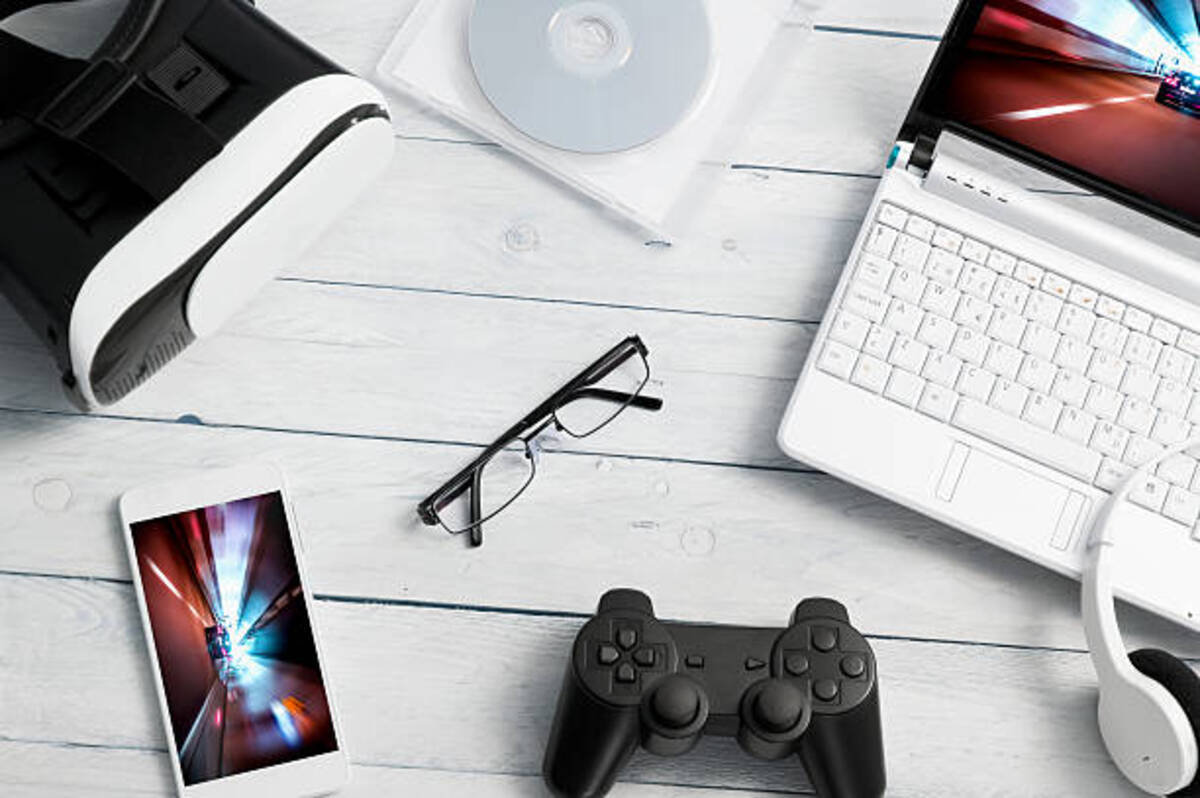Game Development; Here Is a Step-by-Step Guide to Getting Started
Are you ready to start making games? If yes, you are in the right place. This is an overview of what it takes to create a basic game, then move into gameplay and design strategies. If you have no idea where to start, read below for some brilliant advice on pre-planning your first game!
Understanding the Audience
You need to understand your audience before you can design your game.
- What do they want?
- What do they already know about games?
- Do they like playing or reading?
- How old are they?
- What do they like to play, and why?
These questions will help you make a better game.
Just like movies, music, and books, games are about telling a story. Games tell stories in a different way than other media, however. The best games use the rules of their medium to create a unique experience unlike any other.
Games have one goal: to get you to do what you want with them. That’s it! If your game has no goal, it’s another thing on your shelf. But if there is a goal, your game can be more than just idle curiosity; it can become an experience that people will remember for years.
The goal of any game must be clear and straightforward enough that anyone can see it within minutes of playing it. The game should also be compelling enough to motivate players to continue playing after they’ve accomplished it once (or even several times).
This means that games should give players immediate feedback on how well they’re doing to feel good about themselves when they win or lose (and especially when they win).
In short: understand what your audience is looking for before you create your game.
Game Features:
1. Two players play the game, and it has a unique feature called “pass and play.” The player who is out first can play the next game by calling pass, in which they can choose to pass or play. If they choose to pass, then their partner will be able to play. Their partner will be out of the game if they choose to play.
2. When a player makes a mistake during a round, they should give up their turn and let the other player take over their turn. It ensures that each player will have a chance to play each time.
3. There are no cards in this game; instead, there are pieces of paper with rules written on them that tell players how to play the game. Each piece of paper has different rules for different types of games. Players, therefore, do not have to memorize rules from one piece of paper and apply them across multiple games they may want to play with their friends or family members over time as they become more skilled at strategic thinking!
Break Down The Major Features Into Small Tasks
The first step is to break down the significant features into small tasks.
For example, if you want to make a game that has 100 levels and takes place in a forest, you should think of the following features:
Levels — how many levels are there? What is their number? What size are they? Where are they? How do you get from one level to another?
Gameplay — how does the player move through each level? Is there a goal? What happens if the player gets stuck on a level?
Graphics — What graphics do you want for each level? How many of each kind should there be?
Sound effects — how much sound do you need for each type of sound effect (ambient music, character voices, background noises)? Do you want special effects beyond those provided by your audio software (for example, changing the pitch when something moves)?

Select A Game Engine That Suits Your Needs
Now that you have a list of game engines, it’s time to narrow down your choices. The first thing to do is determine which game engine best suits your needs.
The first step in this process is to choose a game engine that suits the type of game you want to make. For example, if you’re making a casual game for mobile devices, then Unity might be the best option for you. But if you’re creating a console-quality title, Foundation will probably be more appropriate.
Next, determine whether or not you want an engine with a free version or not. If your budget is tight and you have no idea how much time it will take to develop your game, getting an engine with a free version might help get things started faster. However, most engines have paid versions that allow users access to additional features and higher-quality assets (e.g., better meshes).
Create Initial Prototypes Of The Game
There are a few ways to go about this.
The first thing to do is to create initial prototypes of the game. You’ll want to start with a short game version but don’t want to skip steps because you can continuously refine them later.
Once you have your prototype, you can use it for testing purposes. Try out different characters, items, and environments to see what works best. This will help you determine how each aspect of your game fits together and its strengths and weaknesses.
Build UI Structures
Start by building the basic UI structures for your app, and ensure everything is working correctly.
Next, you need to create a simple layout for your app. The layout will contain all of the elements of your app (such as buttons, text fields, and images) that will appear on the screen.
When you’re done with this step, you’ll have a basic layout split into grids and containers so that you can easily add more elements later.
Once you’ve done this, it’s time to start working on the user interface.
Place Functionalities On Each Button
You need to place the functionalities on each button. Here are some examples:
- Button 1: Placing a new file or folder.
- Button 2: Adding a new folder to your computer.
- Button 3: Adding a new file to your computer.
- Button 4: Starting and stopping the application.
Map Game Logic and Player Flow
You can create a map with any software. Many prefer using Photoshop and Illustrator because they have the tools you need to create assets like arrows, text, and shapes.
Here’s what you’ll need:
- An image of your level design
- A grid that matches your map
- 1 pixel = 1 unit in your grid
You will also need to save your map as a PNG or JPG file. You can also export it as an SVG file if you prefer.
Test For Bugs and Errors
When starting a new project, ensure you test for bugs and errors.
There are several ways to do this:
- Use the command line or your terminal to run the tests, either individually or all at once.
- Run them from within your project with the npm test.
- .Run them from an external command line tool like Gulp or Grunt.
Welcome To The Gaming Arena!
Ultimately, learning to build games is very doable but requires time and effort. You will need to set aside dedicated time to develop your skills and work through some technical challenges, but it’s a gratifying and rewarding pursuit. You’ll learn a lot about the principles of software development, problem-solving, and teamwork in the process.

Leave a Reply